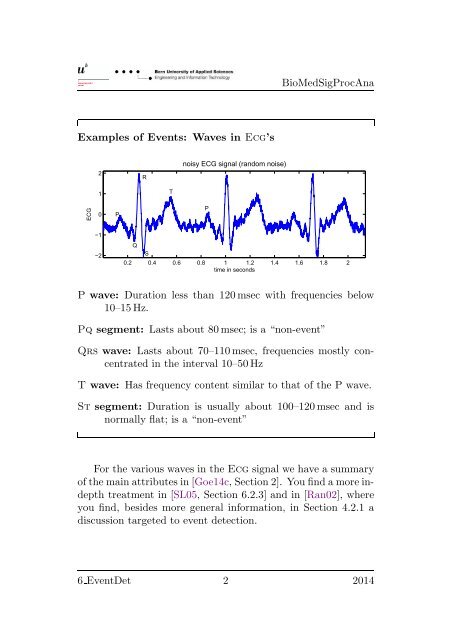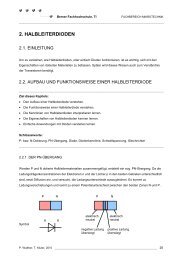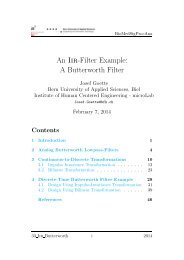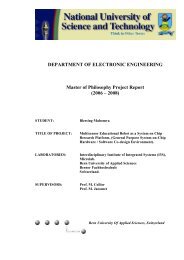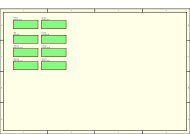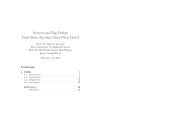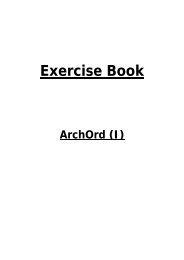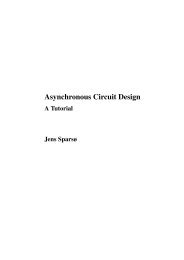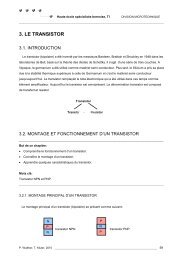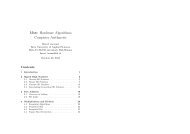Event Detection: Qrs-Complexes in Ecg Signals - microLab
Event Detection: Qrs-Complexes in Ecg Signals - microLab
Event Detection: Qrs-Complexes in Ecg Signals - microLab
- No tags were found...
Create successful ePaper yourself
Turn your PDF publications into a flip-book with our unique Google optimized e-Paper software.
BioMedSigProcAnaExamples of <strong>Event</strong>s: Waves <strong>in</strong> <strong>Ecg</strong>’s2Rnoisy ECG signal (random noise)1TECG0PP−1−2QS0.2 0.4 0.6 0.8 1 1.2 1.4 1.6 1.8 2time <strong>in</strong> secondsP wave: Duration less than 120 msec with frequencies below10–15 Hz.Pq segment: Lasts about 80 msec; is a “non-event”<strong>Qrs</strong> wave: Lasts about 70–110 msec, frequencies mostly concentrated<strong>in</strong> the <strong>in</strong>terval 10–50 HzT wave: Has frequency content similar to that of the P wave.St segment: Duration is usually about 100–120 msec and isnormally flat; is a “non-event”For the various waves <strong>in</strong> the <strong>Ecg</strong> signal we have a summaryof the ma<strong>in</strong> attributes <strong>in</strong> [Goe14c, Section 2]. You f<strong>in</strong>d a more <strong>in</strong>depthtreatment <strong>in</strong> [SL05, Section 6.2.3] and <strong>in</strong> [Ran02], whereyou f<strong>in</strong>d, besides more general <strong>in</strong>formation, <strong>in</strong> Section 4.2.1 adiscussion targeted to event detection.6 <strong>Event</strong>Det 2 2014


